What Are the Requirements for a Lithium Battery for Electric Motorcycles?
Lithium batteries have become the preferred energy source for electric motorcycles due to their efficiency, lighter weight, and longer lifespan compared to traditional lead-acid batteries.
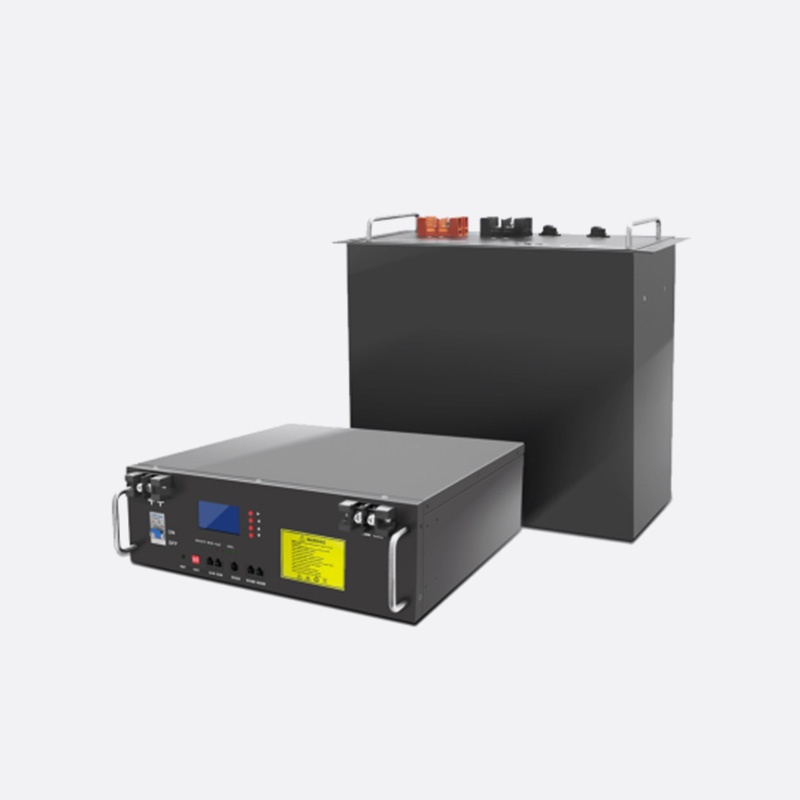
However, for a lithium battery to effectively power an electric motorcycle, it must meet certain performance and safety requirements. These requirements ensure that the battery provides performance while ensuring safety and durability. Here are the key factors to consider:
1. High Energy Density
The battery should have a high energy density, which allows it to store a large amount of energy relative to its size and weight. Since electric motorcycles require a battery that can support long-range rides without adding excessive weight, lithium batteries are a natural fit. A battery with high energy density helps ensure that riders can travel longer distances on a single charge, which is essential for both commuting and recreational use.
2. Long Cycle Life
Cycle life refers to the number of charge-discharge cycles a battery can undergo before its performance starts to degrade. Lithium batteries used in electric motorcycles typically need to last for a significant number of cycles, often 500 to 1,000 cycles, before losing substantial capacity. This long cycle life helps to reduce maintenance costs and ensures the motorcycle remains efficient for several years.
3. Fast Charging Capabilities
Lithium batteries for electric motorcycles need to be capable of fast charging, which minimizes downtime for the rider. With advancements in battery technology, some lithium batteries can charge up to 80% of their capacity within an hour, making them convenient for users who need to recharge quickly during long trips or daily commutes.
4. Safety Features
Safety is a top priority for electric motorcycles, and the lithium battery used should have robust protection mechanisms. These include a Battery Management System (BMS) that helps manage charging and discharging cycles, temperature regulation, and over-voltage protection. Lithium batteries should also be designed to minimize the risk of thermal runaway, a phenomenon where the battery overheats and potentially catches fire.
5. Lightweight and Compact Design
The size and weight of the battery directly impact the overall weight and performance of the motorcycle. Lithium batteries are known for being lighter than other alternatives like lead-acid batteries, making them ideal for electric motorcycles. The compact design ensures that the battery can be integrated into the frame without compromising the bike’s aesthetic or aerodynamic performance.
6. Temperature Tolerance
Lithium batteries are sensitive to temperatures, both hot and cold, which can affect their performance and lifespan. For electric motorcycles, it is essential that the battery is designed to operate efficiently in a wide range of temperatures. Many advanced lithium batteries for motorcycles come with built-in temperature control systems to prevent overheating or freezing.
How Does the Price of a Lithium Phosphate Prismatic Cell Change?
Lithium iron phosphate (LiFePO4) prismatic cells have become increasingly popular in energy storage systems and electric vehicles, including electric motorcycles, due to their stability, safety, and long lifespan. The price of lithium phosphate prismatic cells is influenced by several factors, ranging from raw material costs to manufacturing processes and market demand. Understanding how these factors affect the price of LiFePO4 prismatic cells is essential for manufacturers, consumers, and investors looking to understand the market dynamics.
1. Raw Material Costs
The primary raw materials used in lithium phosphate prismatic cells are lithium, iron, and phosphate. The prices of these materials can fluctuate depending on supply and demand, geopolitical factors, and mining practices. For example, fluctuations in the price of lithium—an essential component for all lithium-based batteries—can have a direct impact on the cost of LiFePO4 cells. As lithium demand increases, particularly with the rise in electric vehicle adoption, the cost of lithium may rise, thus affecting the price of lithium phosphate cells.
2. Manufacturing Costs
The manufacturing process for lithium phosphate prismatic cells requires specialized equipment and skilled labor, contributing to the overall cost of the battery. Advances in production technology and scaling of manufacturing processes often cost reductions. Over time, as demand for LiFePO4 batteries increases and manufacturers refine their production techniques, economies of scale can help lower production costs. Automation and improvements in cell design also contribute to reducing manufacturing expenses, which can, in turn, bring down the price.
3. Energy Density and Capacity
LiFePO4 prismatic cells are known for their safety and longevity but have lower energy density compared to other lithium-based batteries, such as lithium nickel manganese cobalt (NMC) cells. Because of their relatively lower energy density, LiFePO4 cells are often priced lower than NMC cells. However, the price can change depending on the capacity and specific use-case requirements. Higher-capacity LiFePO4 cells may be priced higher due to the larger quantities of raw materials required, as well as the additional engineering involved in meeting performance standards.
 boo@zjmgmm.com / 958587858@qq.com
boo@zjmgmm.com / 958587858@qq.com English
English русский
русский Español
Español عربى
عربى
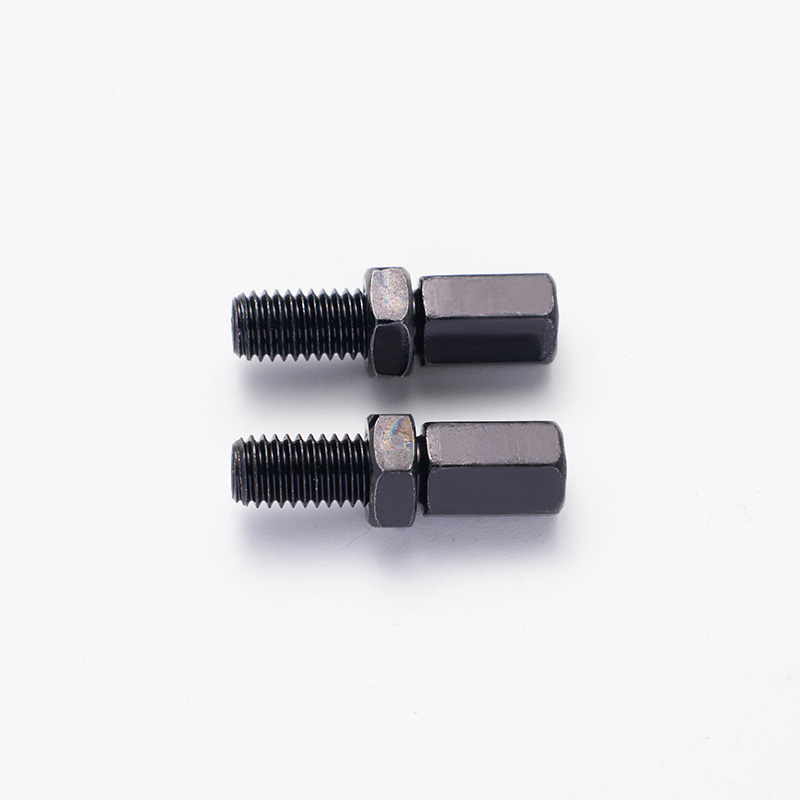
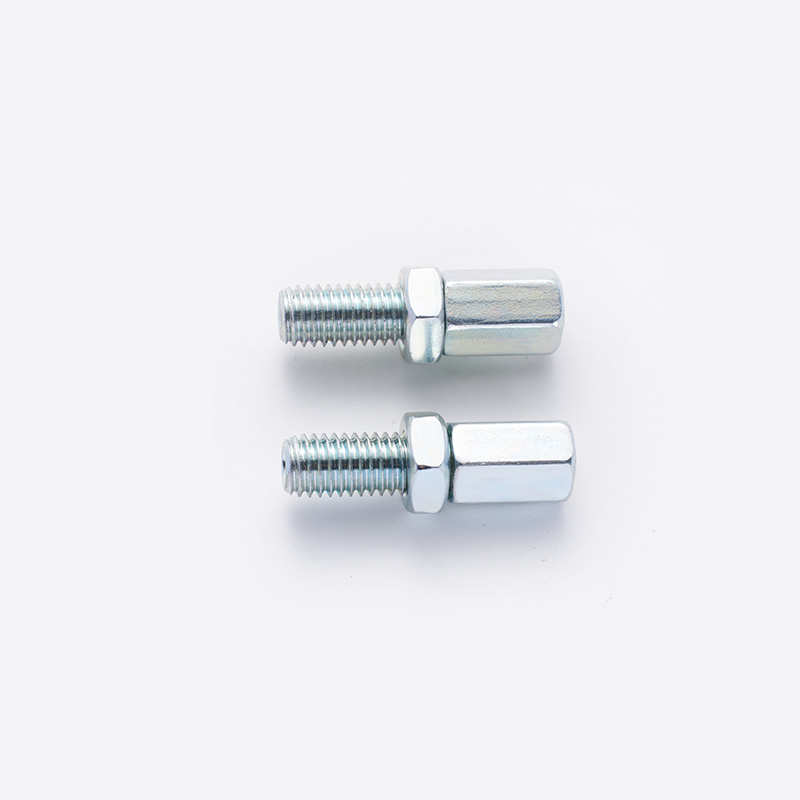

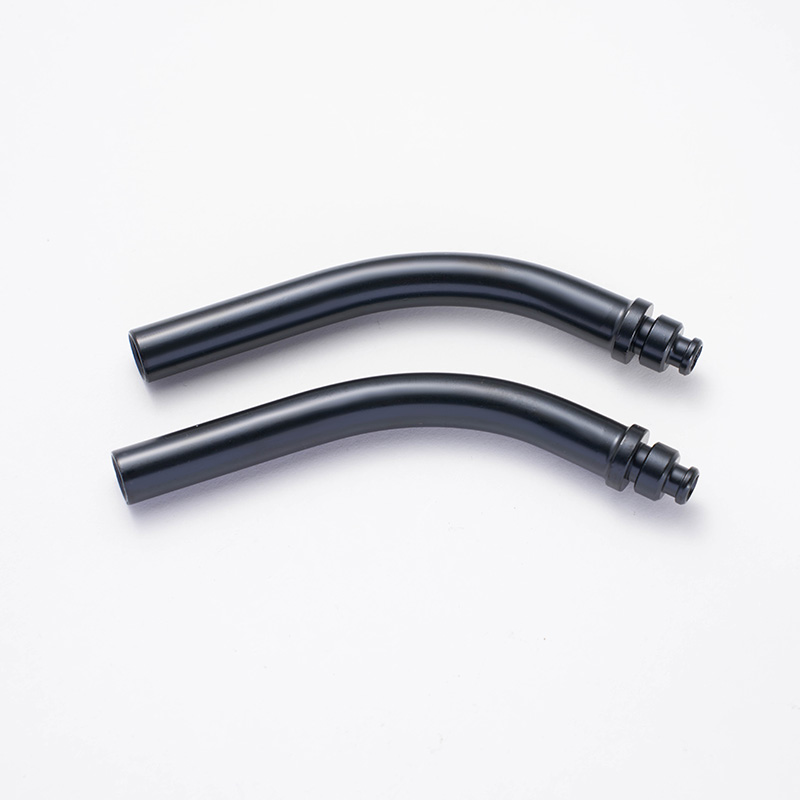

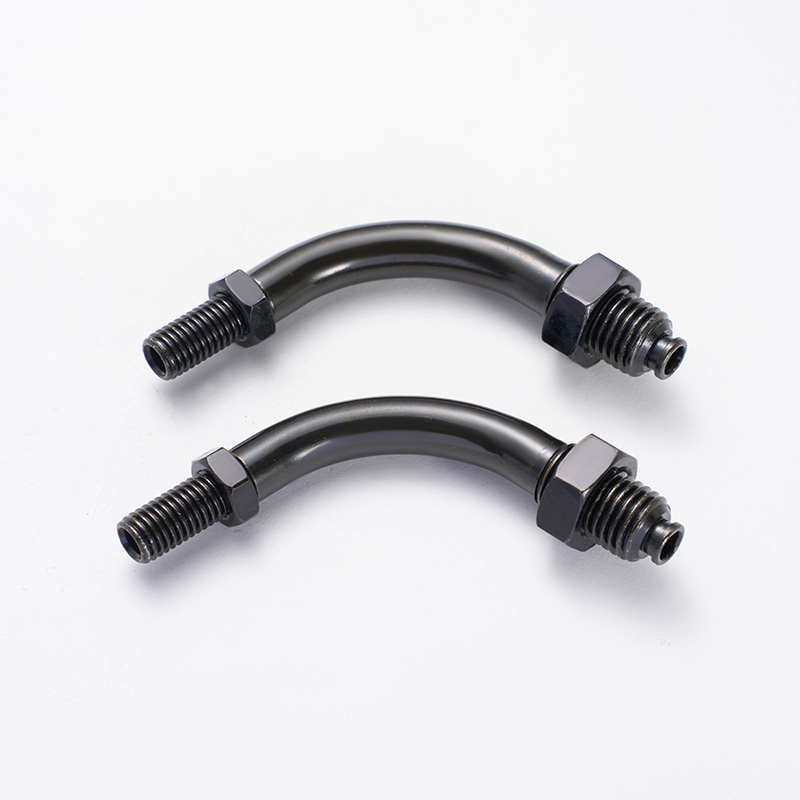

 English
English  Building 33, Demonstration Park, No. 318 Chenguang Road, Eastern New District, Wenling City, Taizhou City, Zhejiang Province, China
Building 33, Demonstration Park, No. 318 Chenguang Road, Eastern New District, Wenling City, Taizhou City, Zhejiang Province, China  0086-576-86337978
0086-576-86337978  0086-576-86333878
0086-576-86333878
 boo@zjmgmm.com
boo@zjmgmm.com 